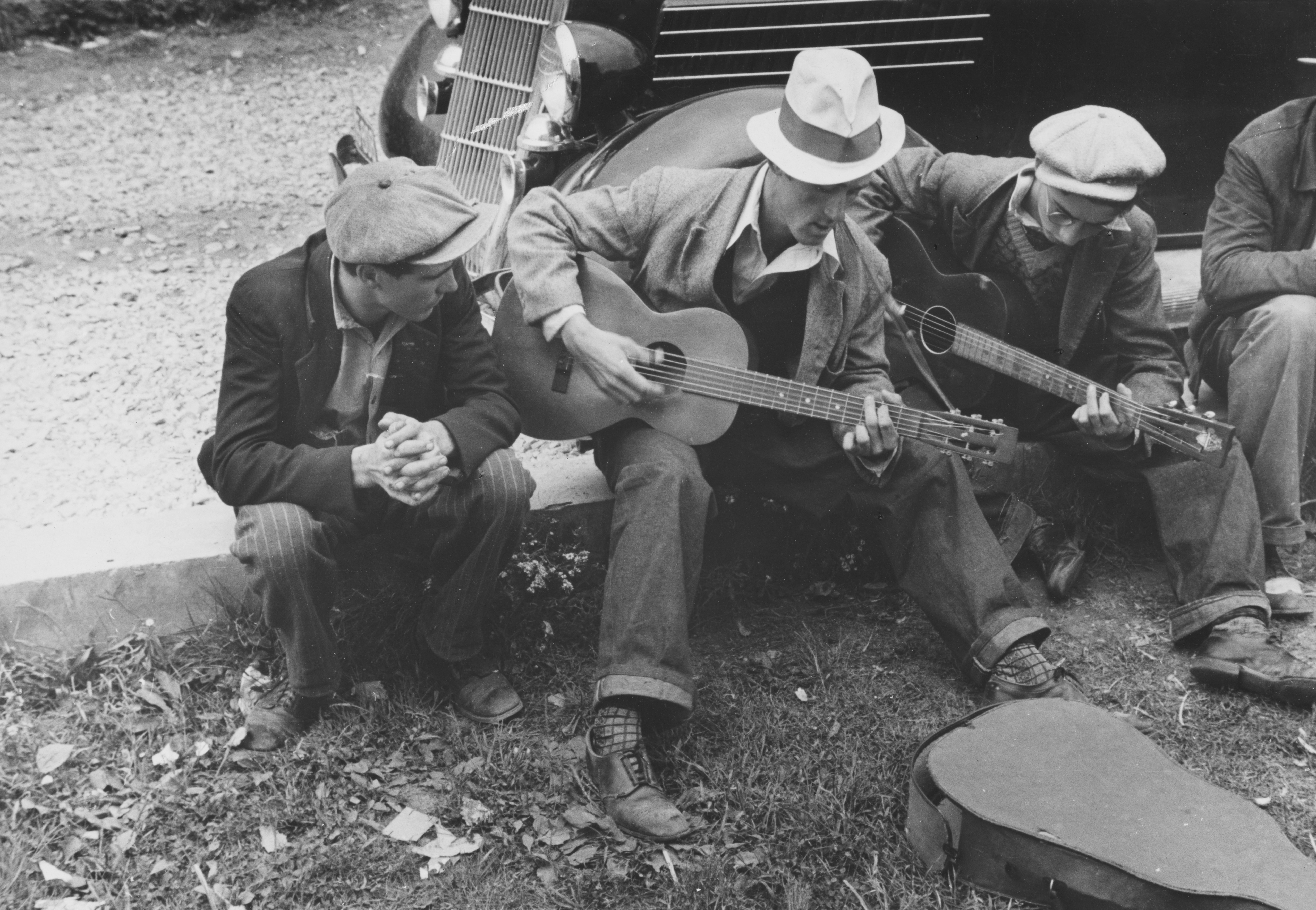
Ear training is a fundamental music aspect that many aspiring guitar players often overlook. While learning to play scales, chords, and techniques on the guitar is essential, developing a keen musical ear is just as important. Ear training enables guitarists to become more proficient musicians, improve their improvisational skills, and understand music on a deeper level. Whether you’re a beginner or an experienced player, strengthening your musical ear will elevate your playing.
The Foundation of Music Theory
Ear training helps guitar players understand and internalize the core concepts of music theory. Music theory is built around patterns—scales, intervals, chords, and progressions—that can be learned through sight, sound, or both. When you train your ear to recognize these patterns, you begin to understand how different elements of music interact, which is crucial for playing and composing on the guitar.
For instance, knowing how a major scale sounds and what it looks like on the fretboard allows you to instantly recognize it in a song, even if you hear it for the first time. Similarly, ear training helps guitarists identify chord qualities (major, minor, diminished, etc.) and how they relate to one another in the context of a progression. The more you develop your ear, the more naturally you can translate what you hear into your play.
Enhancing Improvisation Skills
One of the most potent benefits of ear training for guitarists is its impact on improvisation. Whether you’re jamming with friends or performing in a band, being able to improvise is an essential skill for any guitarist. Improvisation relies on your ability to listen to the music around you and respond in real time. Your improvisational skills will be severely limited if you can’t recognize chords, intervals, or scales by ear.
Ear training allows you to “hear” the structure of a song as it unfolds and respond intuitively. For example, if you’re improvising over a chord progression and you recognize a dominant seventh chord, your ear will guide you to play notes that fit the harmony of that chord. Without ear training, you’d have to rely solely on theory or sheet music, which would slow down your ability to respond creatively in a live setting.
Playing by Ear
For many guitarists, the ultimate skill is playing songs by ear—without relying on tabs, sheet music, or instructional videos. Recognizing melodies, harmonies, and rhythms by ear is a game-changer for any musician. With proper ear training, you can listen to a song and replicate the notes and rhythms you hear on your instrument, often with little to no effort. This skill opens the door to countless musical opportunities.
Many iconic guitarists, such as Jimi Hendrix, Eric Clapton, and Eddie Van Halen, were known for their ability to play by ear. They didn’t rely on sheet music or transcriptions to figure out songs; they could hear and reproduce the music accurately. While learning to play by ear takes time and dedication, it’s a skill that will ultimately make you a more versatile and capable guitarist.
Transcribing and Learning from Other Musicians
Transcribing music—writing out or playing by ear the solos, riffs, or parts you hear—is another area where ear training plays a vital role. By transcribing the work of other musicians, you learn not only the specific notes and rhythms of a song but also how professional musicians approach phrasing, dynamics, and expression. This practice helps you internalize musical ideas to incorporate into your playing.
For example, when you transcribe a guitar solo, ear training allows you to break down the individual licks and motifs you hear and reproduce them on your guitar. Over time, you’ll develop your ability to hear more complex musical ideas and adapt them to your style. This is an invaluable skill for any musician who wants to grow creatively.
Developing Stronger Rhythmic Skills
Rhythm is as important as melody and harmony, especially for guitarists who often play lead and rhythm parts in a band. Ear training helps you recognize rhythmic patterns, time signatures, and syncopations. This skill is essential for playing with a band, enabling you to lock in with the rhythm section and maintain a steady groove.
For example, ear training helps you recognize how a simple four-on-the-floor beat (four beats per measure) might change when accented or syncopated in a particular song. Once you internalize these rhythms, you’ll be able to play more effectively with others, contributing to the overall feel and cohesion of the music.
Building Confidence and Musical Expression
You play with more confidence and freedom when your ear-training skills are vital. You don’t have to second-guess yourself when playing along with others, and you can trust your instincts when improvising or composing. Ear training also enhances your ability to express emotion through your instrument. When you can hear the nuances of music—such as tension and release, subtle shifts in harmony, or the emotional tone of a melody—you can better communicate those emotions through your guitar playing.
As a result, you’ll be more attuned to the nuances of your performance and have greater control over your musical expression. This connection between ear and instrument is one of the key elements that sets great musicians apart from good ones.
Ear training is a powerful tool that guitar players should prioritize. Developing a solid musical ear will improve your ability to understand and apply music theory, improvise effectively, play by ear, transcribe songs, and enhance your rhythm and overall expression. While mastering the guitar is a lifelong journey, strengthening your ear will enrich your playing and open new creative possibilities. Whether you are a beginner or an advanced player, investing time in ear training will make you a more complete and confident musician.